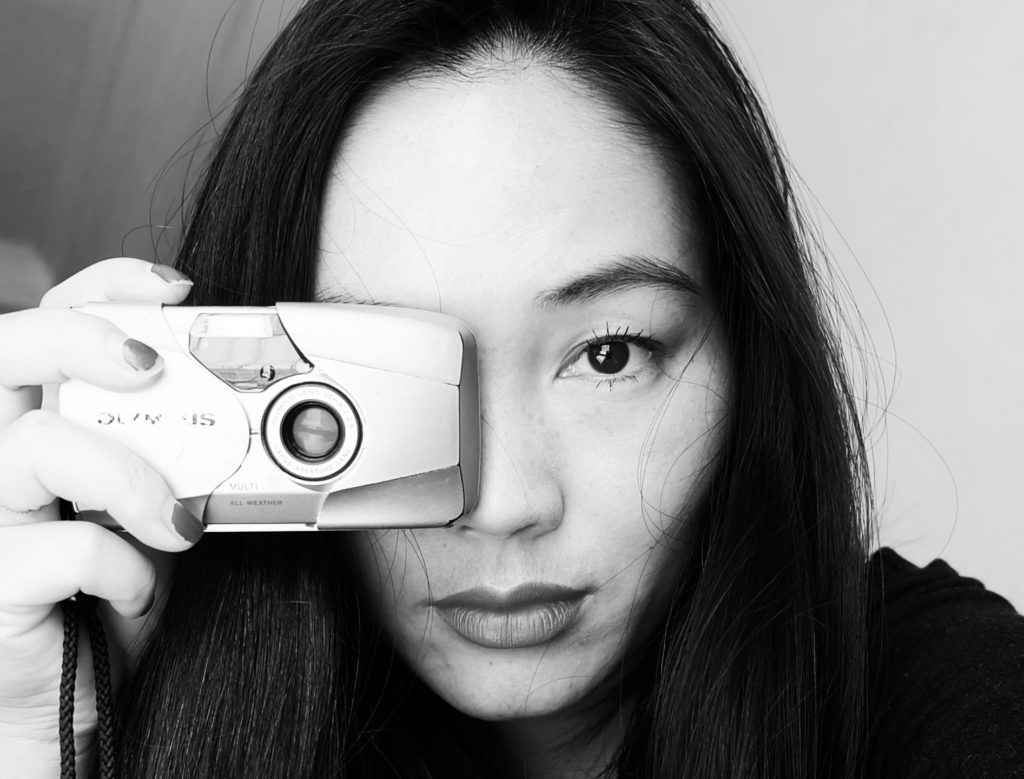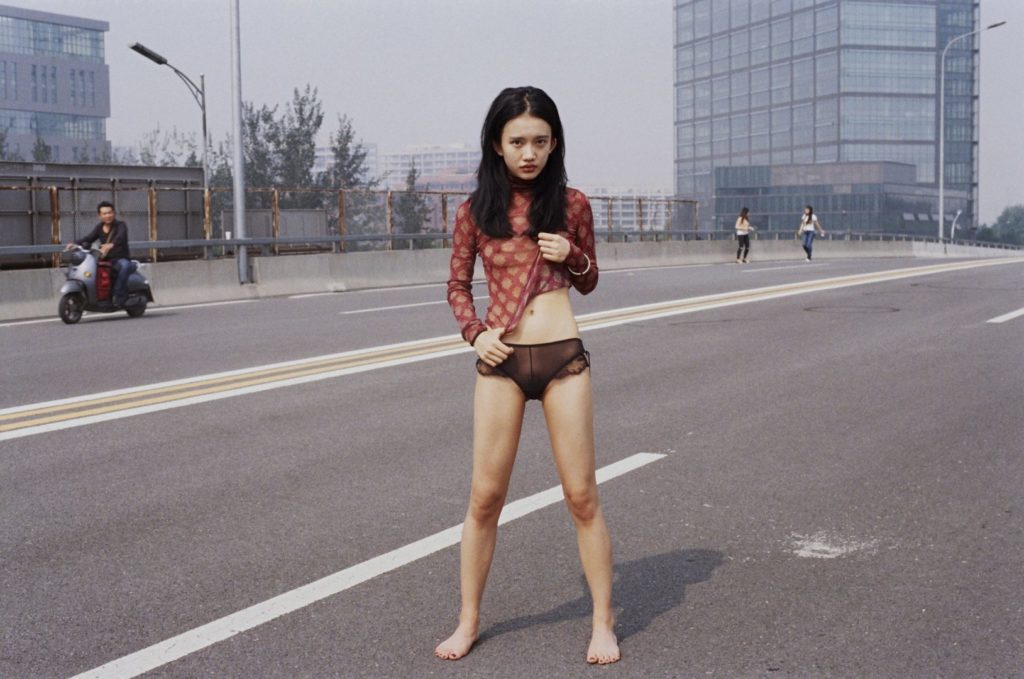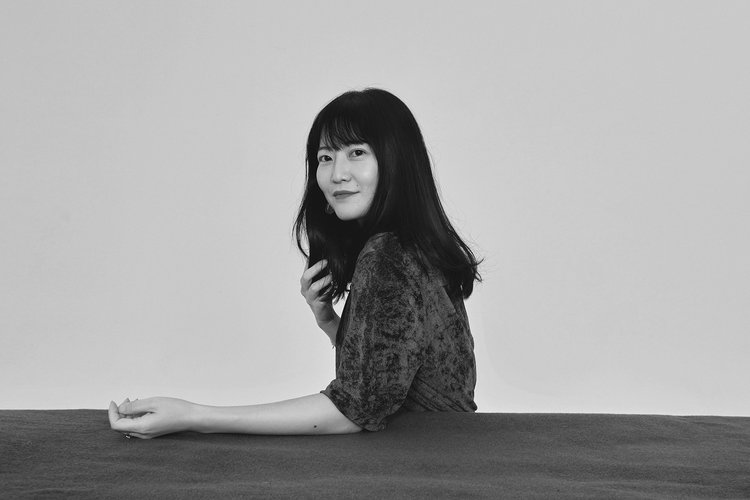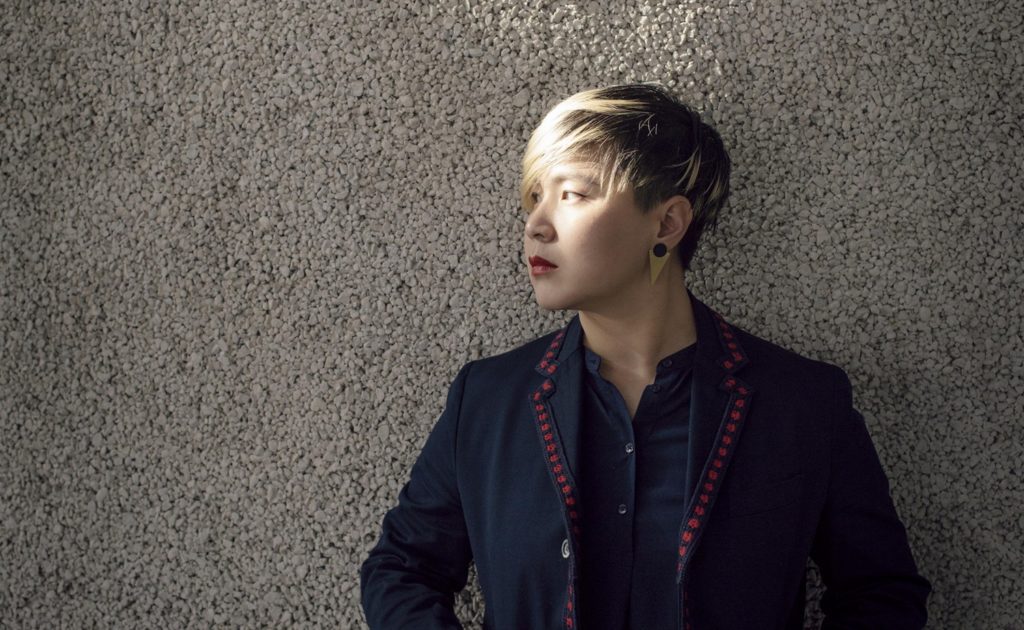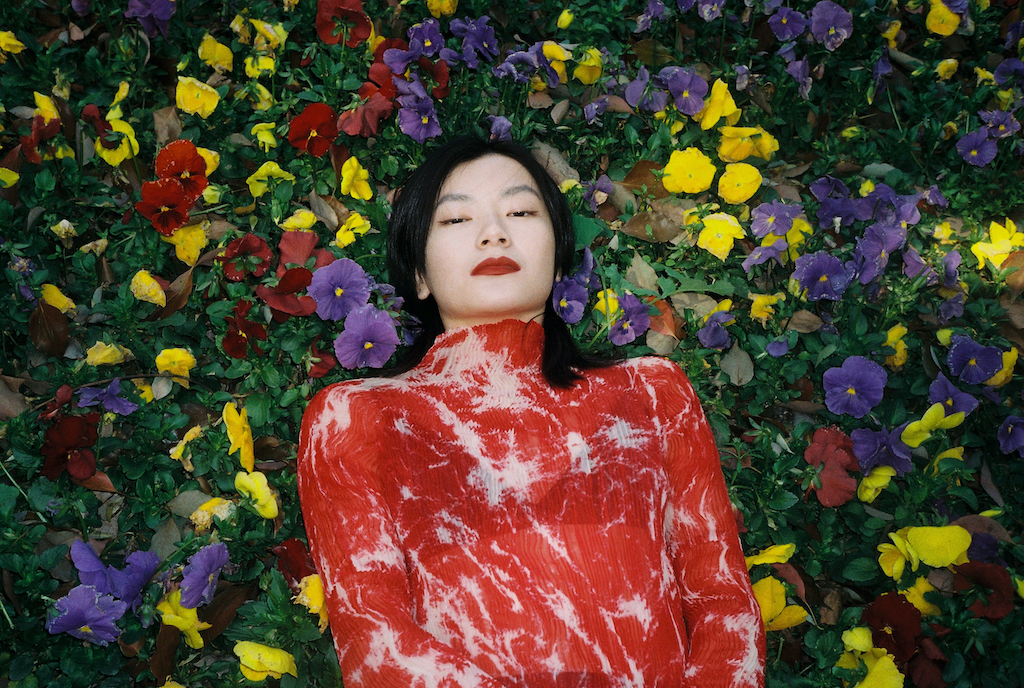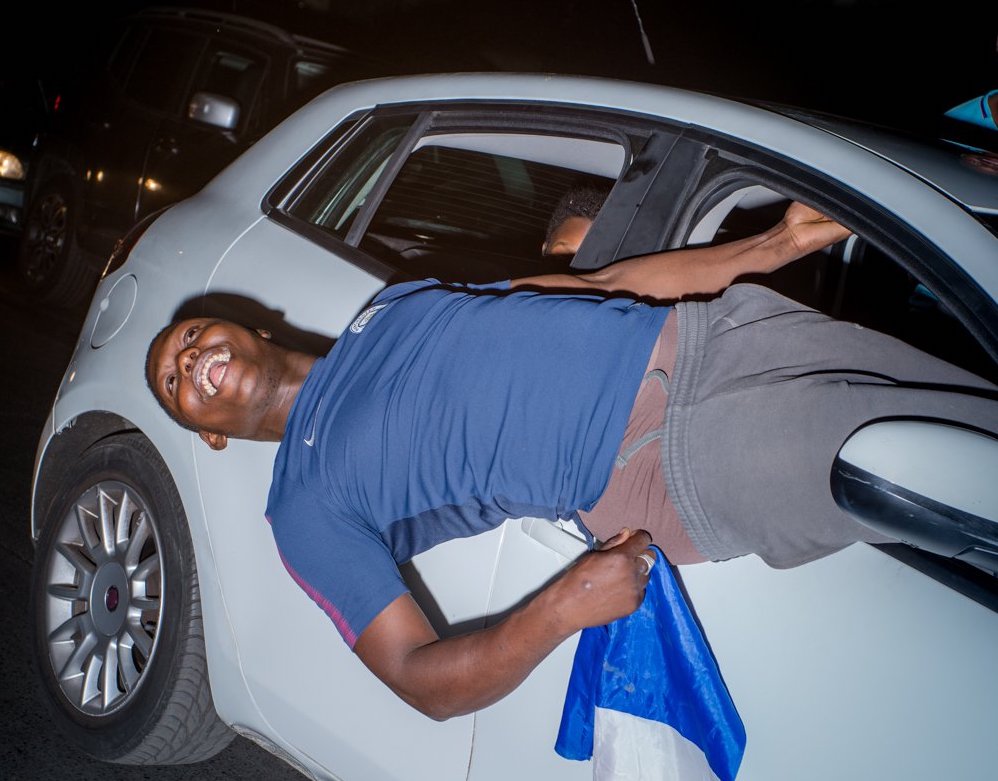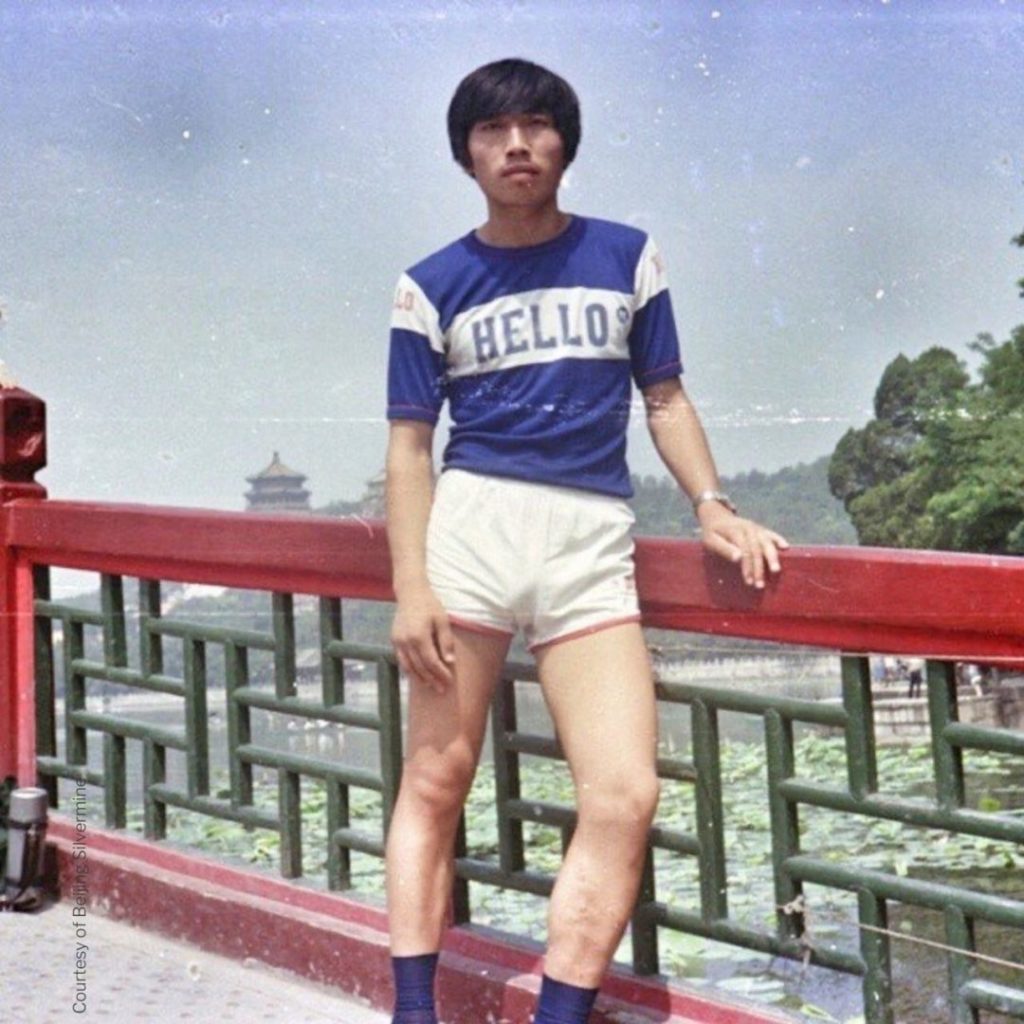How do you relate to women photographers from the generation before you (born in the 70s), who depicted the underground life or explored femininity such as like Xing Danwen or Chen Lingyang? You were picked by Ai Weiwei for your first international show, how do you relate to the 1990s experimental photographic and artistic scene in China?
I like Chen Lingyang’s artwork very much, it’s direct and violent, but her generation’s artwork may have taken on more of the marks of the times and heavy pain. It’s important to pay attention to the context in which photographs are taken as each generation’s conditions of life are different. I think the 1990s experimental photography is quite heavy and formalized, or it gives too much meaning to art. We might say that the younger generation is pursuing meaninglessness. This is also something that makes a big difference in our comprehension of art.
Your work shares some similarities (depiction of nudity, young subjects, personal diary/autobiographical, sense of freedom and independence) with some of your contemporaries like Ren Hang, 223, Coca Dai, or Chen Zhe, you even were part of the same group shows when you all started in the late 2000s. Would you say that you belong to the same artistic family?
What unites us is to belong to the same generation. We all shoot young people and give particular attention to documenting their daily life. However, our photos stay very different so it is hard to say that we belong to the same artistic family.
You also work as a fashion photographer. Does your artistic work influence your fashion work or are these two very separate areas?
Yes, there are influences of my artistic practice and nowadays people accept it more. But these photographic practices stay quite different.

